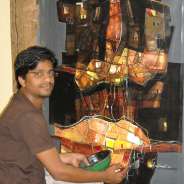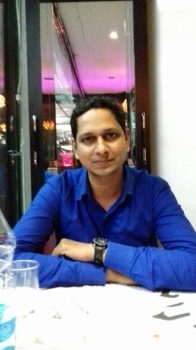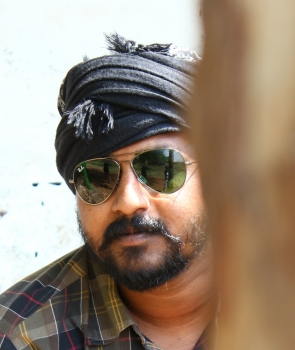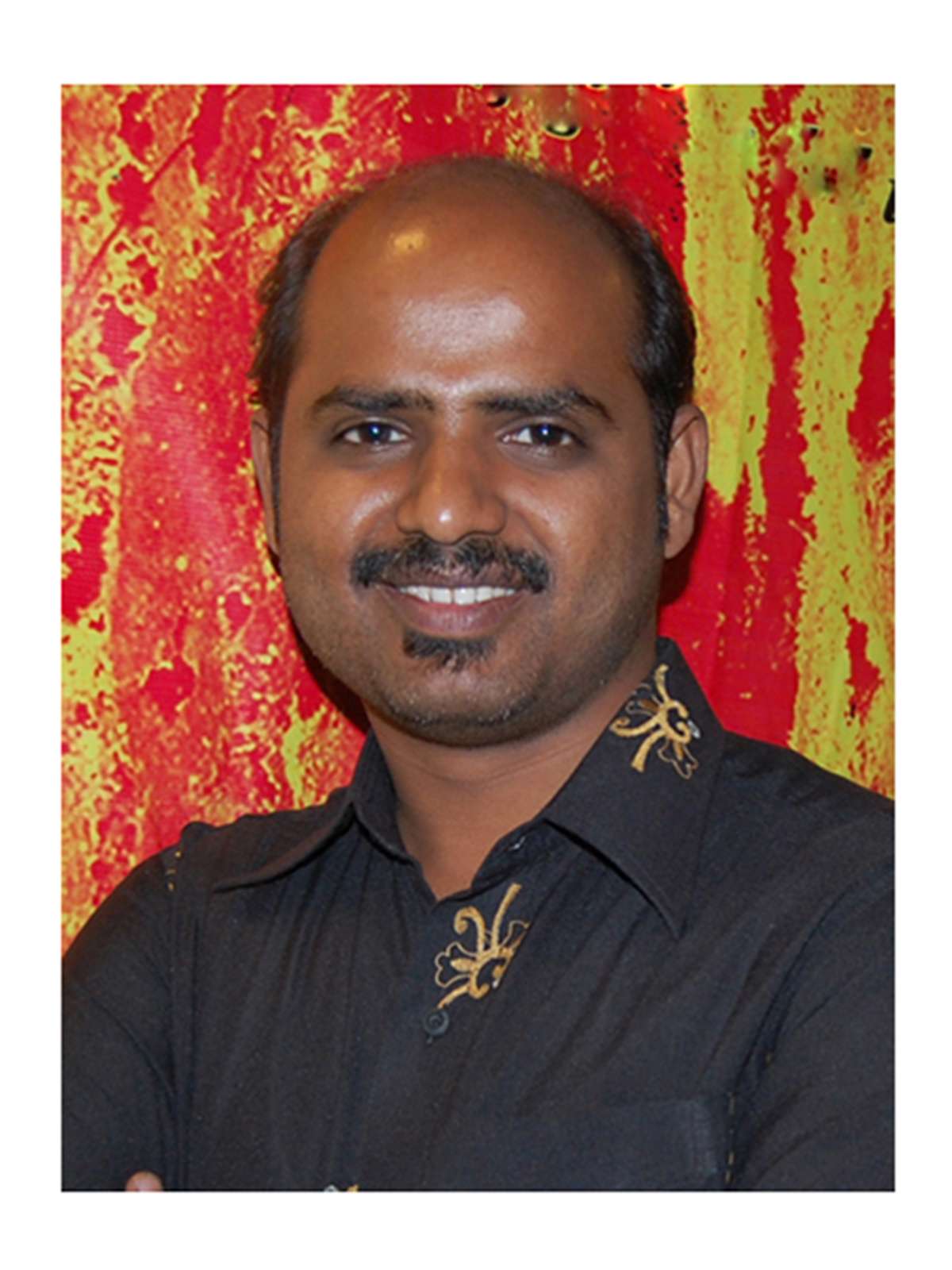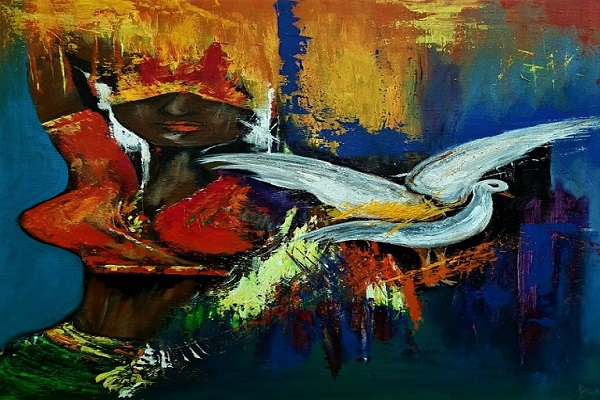
India has always been a focal point for the debate related to “Indian Art”. While the development of idiosyncratic modernization was spurred by the independence in 1947. Indian Contemporary Contemporary artists are still critical of and engaged with themes related to the country's tumultuous history of colonialism, decolonization, and division.
The legacies of constructing nation-states, which are still felt now, and concerns of representation frequently underpin works. Faith and gender politics, the country's contentious territorial boundaries, the intricacies of secularism, and larger geopolitical objectives are all addressed by Contemporary artists.
Shows By Indian Contemporary artists
The lack of international shows by Indian Contemporary artists has nothing to do with reality. India's rich art industry is expanding at a rapid pace, and Indian art's strength will only increase. Aside from the yearly Indian Art Fair, a number of new museums and exhibitions are springing up: The Kiran
Nadar Museum of Art is working on a new project; the Museum of Art and Photography in Bangalore will open; the Gujral Foundation in Delhi is commissioning a public pavilion series, and the Kochi Biennale will hold its fifth edition in December.
It's difficult to condense the demanding and ever-expanding Indian contemporary art world into a list of ten Contemporary artists. This is merely a selection of established and upcoming Contemporary artists from India, the bulk of whom are based in the country.
Each artist has a specific aesthetic vocabulary that confirms their place in the worldwide canon of contemporary art, whether they work in performance, installation, photography, painting, sculpture, fashion, or ceramics.
Contemporary Contemporary artists
1. Zarina
Zarina uses basic monochrome prints, canvases, personal sketches, exquisite sculptures, and cast papers caked in layers of gold flake to evoke and pin down a sense of home. She is one of India's few female Contemporary artists of her generation, alongside M. F. Husain and Tyeb Mehta, among others. She was formerly known as Zarina Hashmi and has a background in mathematics. Zarina was an important member of India's first-ever national pavilion at the 54th Venice Biennale in 2011.
Zarina's work is influenced by her experiences as an itinerant artist and as a member of India's minority Muslim community post Partition. Her use of maps, geometric geometry, sharp lines, and a muted palette communicates displacement and exile. Her spare paintings are filled with passion and politics, and they go beyond the personal to incorporate allusions to cities around the world that have seen the polarising effects of conflict, such as New York, Baghdad, and Kabul.
2. Sheela Gowda
Sheela Gowda reacts to her surroundings. Her fodder is the heady, raucous ins-and-outs of everyday life and work in Bangalore. She is most renowned for her huge installations and sculptures that captivate their surrounds, using elements connected with the city—human hair talismans, cow dung, kumkum (red turmeric), incense, and tar drums.
Gowda employs craft techniques, working meticulously by hand, in response to the position of manual labour in the face of India's social and economic transformation, as well as its implications in the manufacture of art. She frequently draws inspiration from India's disadvantaged and oppressed groups to create monumental works like Behold (2009), which was acquired by Tate in 2014.
The installation consists of four kilometres of knotted rope suspended by tight plaits of human hair from 20 car bumpers. It answers to the conflict between India's ferocious urban aspirations and the religious economy, which sees hair offered to temples as talismans or sold for profit.
3. Nikhil Chopra
Nikhil Chopra, one of India's most prominent performance Contemporary artists and the current artist-in-residence at the Metropolitan Museum of Art, has created a diverse cast of characters. Chopra's technique includes thoughtful drawing, whether strolling the Met or trekking from Athens to Kassel for Documenta 14 in 2017. He delves into the nuances of colonialism and its ramifications, enlisting the help of his audience.
4. Shilpi Gupta
Shilpa Gupta is interested in human perception and the imperceptible, as well as knowledge acquisition and consumption. She is also interested in categorization and organisation into arbitrary categories and systems. She uses video, performance, music, and installation to emancipate knowledge and drive information flows across time and communities, in direct opposition to repressive powers at the state and municipal level.
5. Reena Saini Kallat
In Reena Saini Kallat's art, symbols of bureaucracy reappear, such as rubber office stamps and clippings of barbed wire entwined with electrical cables. Recent works, such as her series "Leaking Lines"(2019), satirise the state apparatus by playing with the contours of nationalities and the potency and permeability of geographical borders.
An abstract land mass constructed of braided cables is severed by a laser-cut line, a representation of the area's political delineation, in this collection of diptych drawings, each named after a historic boundary. A charcoal landscape sketch depicting the lived geographical effect and markings is accompanied and juxtaposed with this.
6. Sahej Rahal
Sahej Rahal, a teenage artist, is creating a complicated legendary realm. He makes ritualistic performances, biomorphic sculptures, drawings, and films using digital ephemera, clay, salvaged furniture, and ordinary debris, and was awarded the Forbes India Art Award in 2014. His works are enthralling and enigmatic assemblages in which Indian mythology, Japanese anime, paganism, and science fiction combine to create people with volatile personalities who are at comfortable in the present.
7. Asim Waqif
Asim Waqif makes large-scale installations that are informed by his architectural experience. He's interested in the built environment, its infrastructure, civic character, and environmental management; his work stems from study and has recently evolved into massive, interactive constructions that inhabit abandoned buildings and galleries.
Waqif uses a careful manual method to entangle bamboo, cane, and waste materials to construct large sculptures that people can walk into and are often left to rot. "Bordel Monstre," which ran from 2012 to 2013 at the Palais de Tokyo in Paris, included fragments from past exhibitions—plastic chairs, hunks of wood—as well as an electrical system with speakers that was sensitive to the motions of its viewers. He performed at Frieze Live in London in 2018, and his work has been exhibited at the Queensland Art Gallery in Brisbane and the Queens Museum in New York.
9. Himali Singh Soni
Himali Singh Soin has gained to attention for her evocative practise, which incorporates performance, text, and film, and was awarded the Frieze Artist Award at Frieze London in 2019. The natural world and ecology are at the heart of her work, and they are frequently utilised as metaphors to reflect on the pitfalls of human involvement and contact with the environment.
Her films and performance pieces are based on her studies. Her ongoing series "We Are Opposite Like That" (2017–present) creates a historical narrative for the Arctic and Antarctic rings' most distant areas, recounted from the perspective of their ice. The ice tells the story of the area's "discovery" by European colonialism, with references to conspiracy theories, animation, and UFO encounters interspersed with archive footage. She's currently a writer-in-residence at London's Whitechapel Gallery.
Wrap up:
To learn and focus on the idea of Contemporrary art, you must hold knowledge about the Contemporary artists too. Such Contemporary artists are known helping our culture and counntryy grow internationally. While you get a chance to learn about them all- get the best watercolor landscape paintings for your home walls. Change the decor of your home or office with Indian Art ideas.











